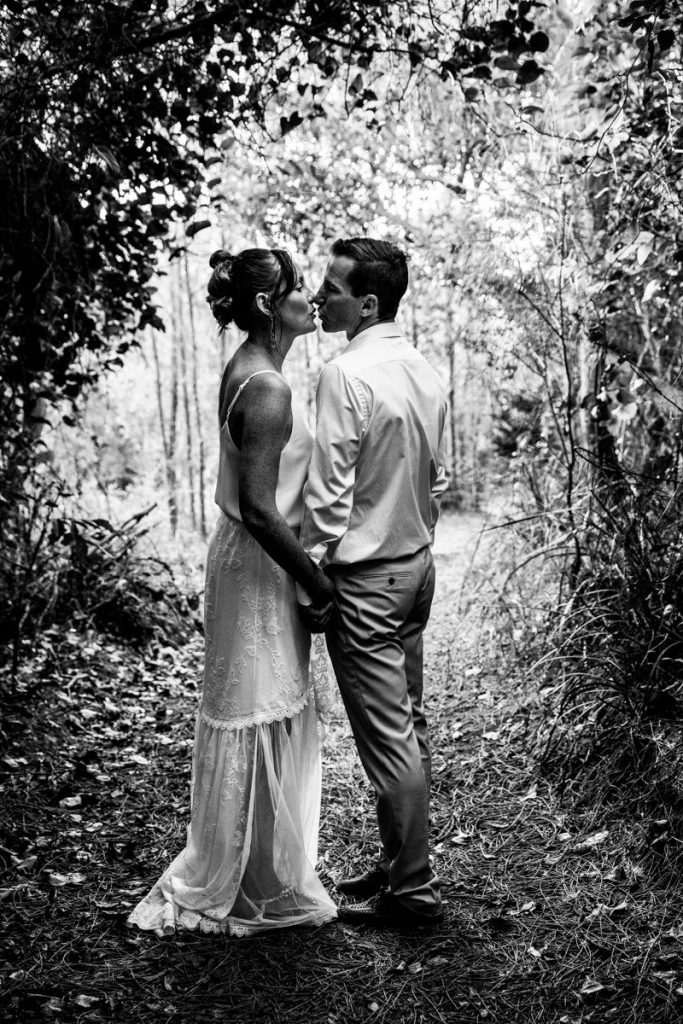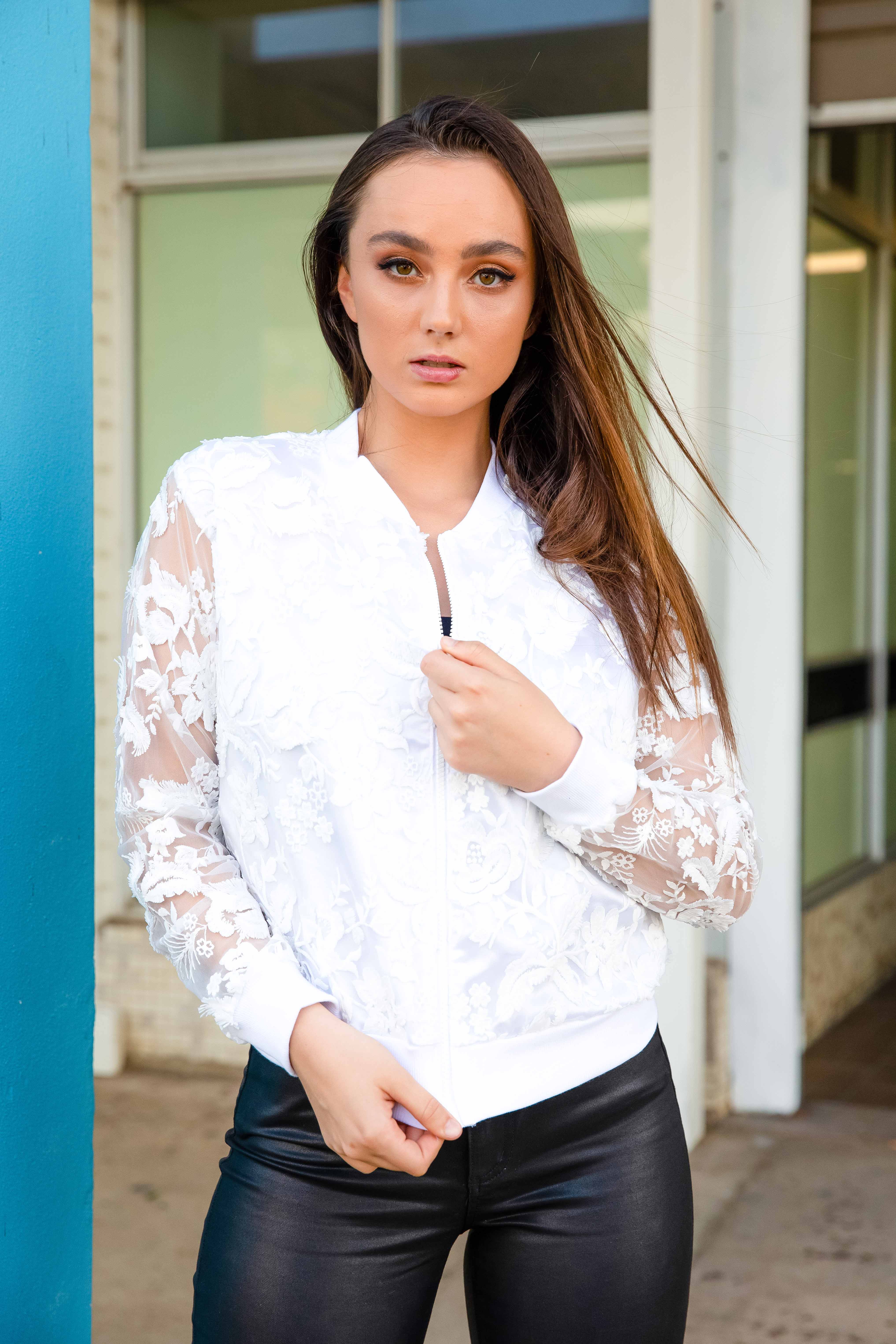The Beginner's Overview to Product Photography
If a picture deserves a thousand words, a stunning product photo is worth a thousand web site check outs. Although I don't have information to support that statement (yet), product photography can be incredibly useful to your ecommerce website approach.
To reach your target audience participants who like acquiring online, you also need to give your target market clear, appealing photos of your items.
Yet product photography isn't as straightforward as directing as well as firing. Even one of the most basic items need the right equipment, illumination, as well as room to produce beautiful pictures that offer shoppers right from the acquisition page.
6 Product Photography Tips ( and also Instances) for Taking Pictures That Market
Here are the pointers, examples, as well as supplies you'll require to efficiently photo as well as market your products in a manner that makes your visitors and prospects intend to transform.
1. Don't hesitate to utilize your smartphone's electronic camera.
This is the part where I'm supposed to convince you to invest in a high-end, 50-megapixel (MP) camera with a 100-millimeter screw-on lens. Yet I'm not going to do that.
If you currently possess a video camera that fits this description, benefit from it. But for many types of items, it's completely appropriate to fire product images on a smart device.
Newer mobile phones flaunt powerful video camera lenses as well as setups that permit you to optimize your shots for the different types of light and also settings you may fire in.
If you need more persuading, just have a look at Apple's Shot On An apple iphone campaign and the photos that have arised from it throughout the years such as this:
2. Fire from a tripod for photo uniformity.
Before explaining tripods, I'm obligated to begin with a principal policy: Don't prop your phone versus something tough to intend your lens toward the topic.
It's simply as well very easy for this makeshift configuration to slide about during the shoot as well as create incongruities in your pictures' appearance. If you relax your camera on, state, a pile of books, just make certain this plan doesn't alter throughout the shoot.
There's no harm in holding your cam yourself when firing just a few product pictures for your ecommerce website. Yet as your business grows, as well as you take a lot more photos of even more items, it can be difficult to standardize the product's types of product photography orientation in each photo when firing handheld.
To make sure uniformity throughout your items, you'll need a tripod. And also fortunately, purchasing one isn't constantly the large, industrial-sized investment it used to be.
Right here are 2 sorts of tripods to consider.
Standard vs. Adaptable
This is a tradition tripod-- there are standard tripods readily available for both cams and smart devices.
A versatile tripod can be adjusted in a number of means. You can flex its legs and also place it on different surface areas to obtain the angle you need.
Mobile Grip
There's typically a screw on the top of your tripod which attaches to your video camera to hold it in place. The bottom of a lot of professional-grade cameras has a screw hole just for this objective, however smartphones can utilize the adhering to adapter:
The adapter holds the sides of your mobile phone as well as can screw right into either type of tripod, enabling you to operate the video camera regulates with the phone screen facing outside and also towards you.
As soon as you establish which place you'll need, establish it up in front of your product, as well as think about putting 3 items of tape on the ground to mark where you want to maintain each leg of your tripod over the course of the shoot.
3. Pick all-natural light or fabricated light.
Never ever take too lightly just how certain types of light can boost (or impede) your product photography. Bear in mind, buyers get the most effective check out an item in person, where they can see everything they need to before buying. The ideal lighting arrangement helps you reveal those crucial decision-making product attributes when all website site visitors need to go on is a photo.
A solitary illumination arrangement may not work for every product-- a lighting plan that works for some items might deteriorate the appearance of others.

There are two kinds of light you can pick as your major light: all-natural and synthetic light.
All-natural Light
Natural light describes sunlight-- easy as that. It's likewise called "soft light" since the sunlight casts a larger, softer range of light than, say, a light radiating directly on the product. Ecommerce product shots flourish in all-natural light if:
The product is shot outside or implied to be utilized outside.
The product is made use of by, endured, or shot with a individual (people often tend to look much better in natural light).
You're attempting to highlight the product's surroundings, rather than certain attributes of the product.
Below's an example of a shot using natural light:
Man-made Light
Man-made light includes candle lights, fire, as well as a lot more typically, light bulbs. It's likewise referred to as " difficult light" since it generates a smaller however much more focused light surface. This kind of light accommodates items with physical information that require to be highlighted to thrill an online customer.
As a general guideline, stay with simply one type of light per photo-- natural or synthetic. Adding natural light to an unnaturally lit photo can soften a product that's suggested to look sharp, and also adding artificial light to a naturally lit photo can develop a product that's suggested to look soft. You do not intend to get in your very own means.
4. Load or jump your light to soften darkness.
Whether you utilize natural light or synthetic light, you'll need to decrease the shadows that any possible hard light casts on the opposite end of a product.
There are 3 means to do this:
Load Light
Include another, less-intense light source to supplement your major light. This added light is called your fill light as well as is made use of as a counterbalance to soften the natural darkness your main light creates behind an object.
To do this, place your fill light opposite your main light so your product rests in between both source of lights.
Flashbulb Bounce Card
A bounce card, or reflector card, is a little card that "reflects" or " jumps" the major light back onto the surface beneath your product to lower darkness.
Some bounce cards connect to the flashbulb of a professional video camera lens to diffuse the light from the video camera's flash. This card sprays a softer light onto the subject from above your set-- instead of right at it-- so you do not have lengthy darkness trail behind the item you're firing.
Standalone Bounce Card
If you're shooting from a mobile phone, a flashbulb bounce card isn't an alternative, given that you don't have a physical flash you can connect it to. Rather, make your own standalone bounce card placed opposite your primary light source.
For novices to product photography, this bounce card can efficiently change your fill light, which counters the tough light from the video camera flash or lamp that's encountering towards the front of your product.
5. Make use of a sweep or picture mode to stress the product.

There isn't one right way to place your product, lights, and jump cards-- they can change considerably depending on your history. However don't select a background based upon what's easiest to develop. Backgrounds ought to appear like exactly how you want your purchasers to regard your product when watching it online.
Consider initially whether you 'd like a white history or a extra vibrant, real-world history. There's an simple means to attain each one.
White History: Move
For white histories, it's not as simple as establishing a table against white drywall. Even smart device cams can pick up little blemishes on a white wall that you would not see with the naked eye. To record a best white history without edges or acnes, use a move.
A sweep is a huge flexible sheet of paper, whose bottom function as the surface below your product and then curves up right into a white wall surface behind the product.
On camera, the sweep's curve is unseen, highlighting vital product details and also allowing the item to have all of a site visitor's interest.
Real-World Background: Portrait Mode
Dynamic, real-world backgrounds are very appealing when capturing products that have a certain use or are being modeled by a person-- as you saw in the picture of the briefcase earlier in this overview.
But, it's simple for a real-world history to swipe the focus of the photo, making it uncertain which thing in the photo you're actually marketing.
Provide your product depth and also focus with portrait setting, a picture setting on most expert cameras, as well as additionally offered on several new smartphones. This setup obscures the history so the context of the product is clear yet not completing versus the product itself.
Below is a extremely incredible photo of a HubSpot pen taken in picture setting on a Google Pixel 2 (I took this picture myself). You can tell the pen rests on a desk with a computer behind it, but the pen is still the prime focus for customers:
6. Fire a range of pictures.

My last ecommerce photography idea to you is to not quit at one photo per product. Just as your customers look, hold, use, and even try on goods in a shop, your site needs to fire a variety of photos to simulate this extremely experience.
If you're firing apparel, for instance, record the garment of apparel alone-- that is, spread out on a white surface area-- along with on a mannequin whose shade contrasts the shade of the product.
After that, for added images, have the clothes modeled on a person, enabling you to take photos of the product from the person's various presents as well as angles.
Product Photography Set-Up
Next off, let's summarize what we just received-- below's a checklist of quick product photography set up suggestions that you can refer to and share on your team:
• Select a electronic camera-- whether or not that indicates utilizing your smartphone.
• Get a tripod that helps your camera of option.
• Select natural or artificial illumination-- think about which option is best for your product and environment.
• Determine whether you'll load or jump light.
• Select move or portrait mode.
• Take numerous different photos to use your visitors variety.
Get going With Your Product Photography
Don't feel required to purchase every idea as well as piece of equipment at the same time. Apply these product photography ideas gradually to see what makes your shop look the most presentable, and also change your approach as your photography chops get better.